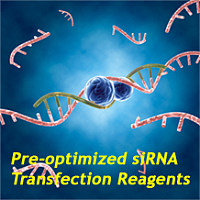Synaptic integration of young neurons requires the sprouting and extension of dendrites in order to establish contacts with afferent neurons. For this reason, dendritic growth is often used in developmental studies as an important indicator of neuronal health and maturity. In the hippocampus, new granule neurons are continuously produced throughout life. These neurons are initially arranged linearly along the inner border of the granule cell layer in the dentate gyrus and as they mature, their dendrites are extended perpendicularly into the molecular layer. Based on this known topography of the dentate gyrus, we outline here a method for analysis of dendritic growth in immature adult-born granule neurons, using laminar quantification of cell bodies along with primary, secondary, and tertiary dendrites separately and independently from each other. In contrast to other methods which often require the use of exogenous markers and/or arbitrary selection of individual neurons, laminar quantification of dendrites relies on immunohistochemical detection of endogenous markers to perform a comprehensive analysis of a subpopulation of immature neurons. The calculated parameters can be used in a comparative analysis to indicate variations in dendritic growth and complexity, thus providing important information regarding the development of young neurons in the adult hippocampus.






